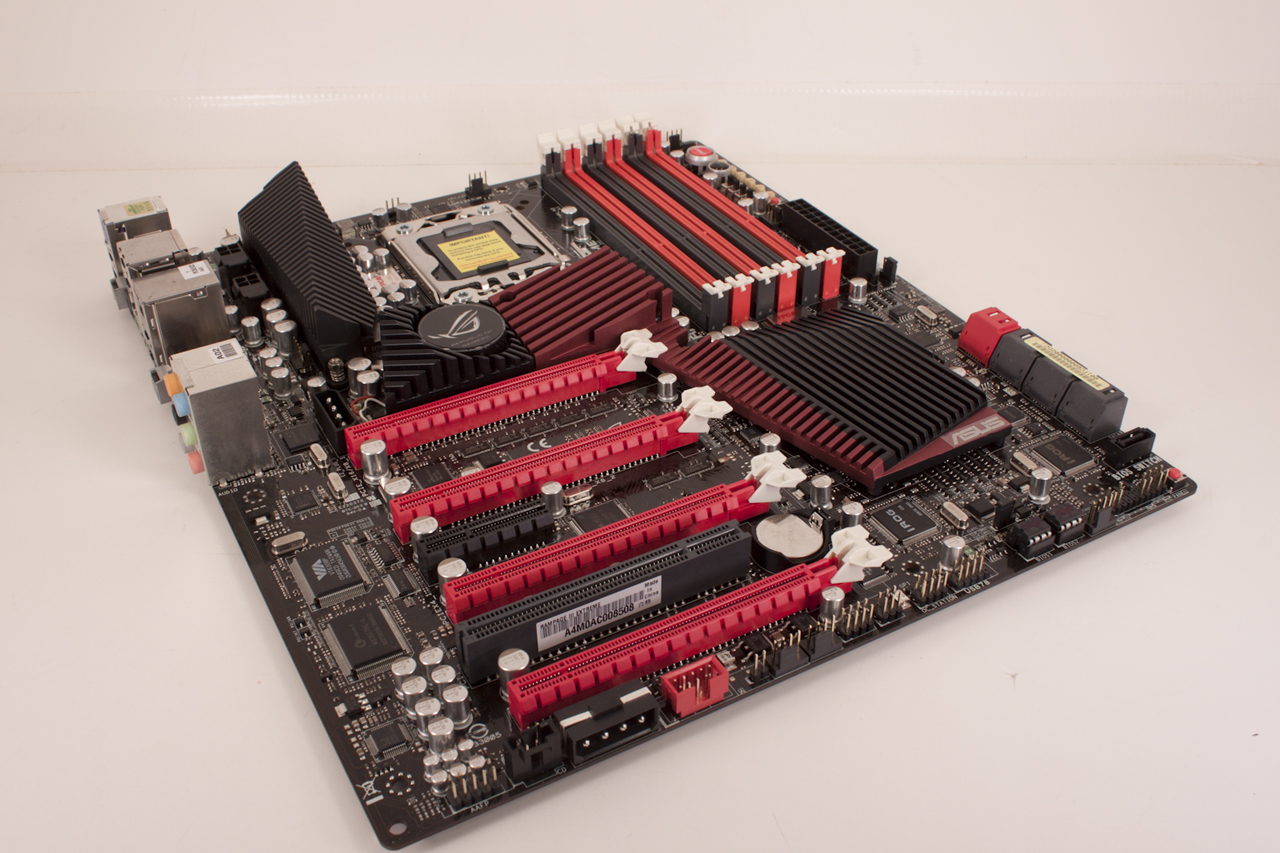Value;
Value is another very subjective topic. What is expensive to some might be a deal to others. You can look at this topic in multiple ways. One is raw price and the other is what you get for the money. Each is accurate and both are correct ways to look at price/value. We tend to look at features, performance and real-property when we discuss value. However, we also take into account the raw cash cost of the item.
When I mentioned to someone that this board was $380 they were shocked, they could not believe that this piece of computer hardware cost that much. The comment was, “that is almost as much as I spent on my whole computer!” On the other hand when I mentioned this price to another friend that is an overclocker (he has LN2 as well as cascade phase change units) he was not put off by this cost at all. In fact he called it a “deal” compared to other boards in the same class. This was not so much for the performance aspect at stock speeds, but more the way both stock and overclocked speeds were in tune. This is something that is not easy to do. Just look at many eVGA boards.
On top of the raw material value of the board there is also the support topic. Once you buy the product, will you continue to get value from it? With some companies, your new hardware will no longer be supported in a year or so (maybe longer) this means your investment will run its course around that time. With Asus they continue to support their products (at least their motherboards) even after they are officially EOL. This is a nice touch and means that you can hang onto and expect support for your RIIIE even after it is “obsolete”. When you put all that together and you are looking for this class of board, well that $380 does not look like so much anymore.
Conclusion
I have been impressed with Asus and their products lately. So far I have played with almost all of the top end ROG boards and I think they are well worth the extra cost you have to foot for them. You get a ton of features on top of performance that is right at the upper range of the X58 series of products on the market. The price is good for what you are getting and the support, in terms of BIOS and drivers, is also at a premium. I would like to have seen the NB fan of more use to air cooling and more room between the top PCIe slot and the NB/NF200 grouping, but you cannot have it all. Asus has a winner here as it stands right now and they still have room to tweak things to get more performance at both ends of the chart. As we mentioned with the same review BIOS and a better air cooler we were able to hit 4.5GHz stable (although probably not 24/7) this is something considering that the 4.38GHz we had for our testing was an in-house record for that CPU on its own.
Realistically if you are looking for a high-end board for gaming, overclocking or for raw performance, then you won’t go wrong dropping the Rampage III Extreme in your shopping cart. We can highly recommend this board to gamers, enthusiast and crazed overclockers alike.




